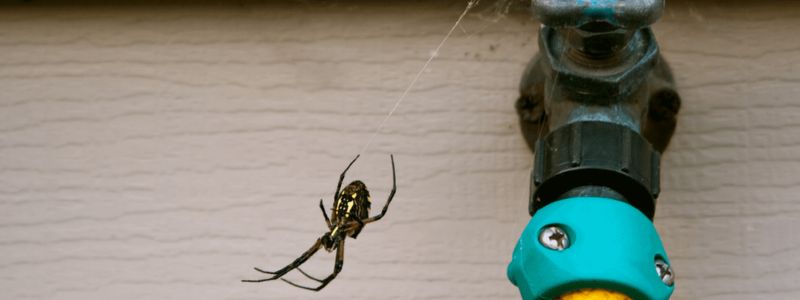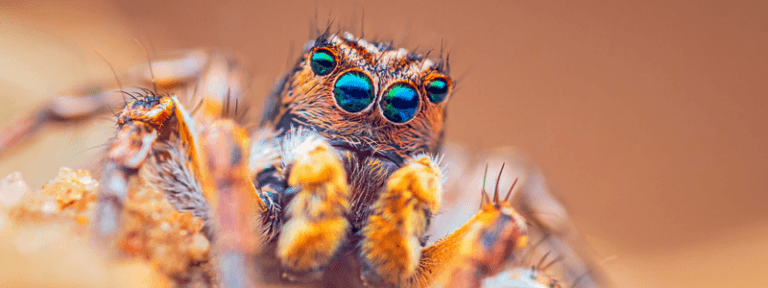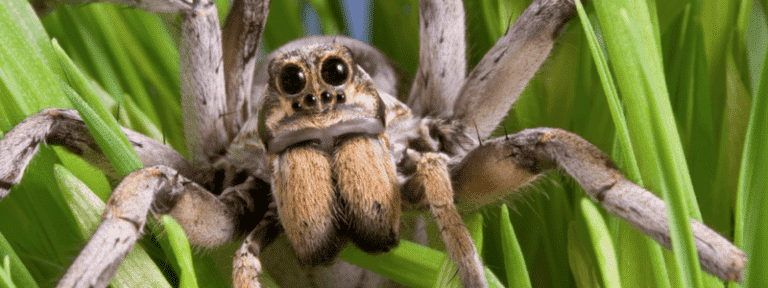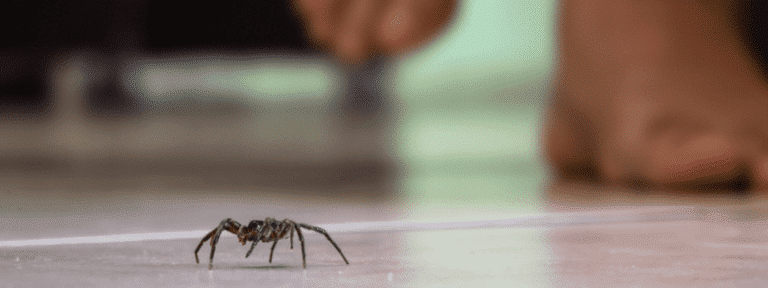North America is home to more than 4,000 species of spider. While some spiders are good for pest control, it’s important to know the difference between the harmless and helpful types of spiders and the dangerous ones.
This blog will look at the following:
- Is it normal to have spiders in your home?
- Why are there spiders in my house all of a sudden?
- Ten most common household spiders
- What spiders are venomous?
- Where do spiders lay eggs in houses?
Is it Normal to Have Spiders in Your Home?
Simply put, yes – some house spiders are normal in your home. Most spider species are not hazardous to humans and serve as great natural predators against common pests such as crickets. Additionally, a minor cleanup and entrance sealing can usually prevent an abundance of spiders from entering if you see too many.
Understanding which house spiders are okay to have around to a reasonable degree is essential. Knowing how to identify common house spiders and realizing when you need professional pest control solutions will go a long way toward your peace of mind and safety.
Why Are There Spiders in My House All of a Sudden?
Several contributing factors could exist if you’re seeing more spiders than usual in your home. Any unsealed cracks in doors, windows, and foundations can make it easier for spiders to come in and search for resources. Likewise, bringing plants, firewood, and storage from the garage indoors can accidentally transfer any spiders hiding inside the items.
Along with how spiders enter the home, they may also be enticed by certain factors, including standing water and built-up moisture, existing pests, and dark, dirty rooms. Spiders are after three sources: food, water, and shelter. If you create an environment that supplies these needs, you’ll increase the attractiveness of your home for them.
10 Most Common Household Spiders
To ease your mind and prepare you for your next encounter, we’ve listed 10 of the most common household spiders seen in Arizona and the Western United States. We hope this will help you tell the difference between those which are indeed venomous and those which are harmless:
1. Daddy Long Legs/Harvestmen/Cellar Spiders

We’ll start with everyone’s favorite harmless arachnid. With tall legs that make it appear threatening, they are treated a bit unfairly. Harvestmen – or daddy long legs – are harmless to humans and beneficial for insect control in Arizona.
2. Black Widows
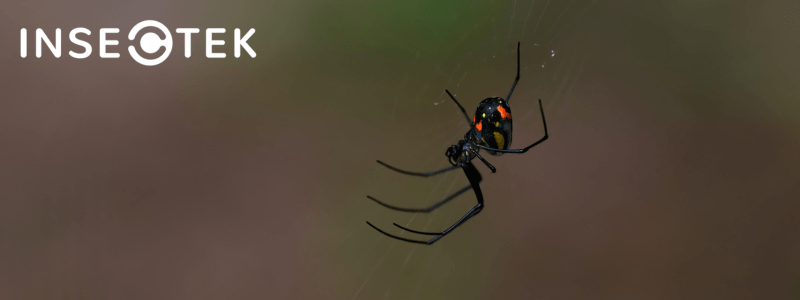
You should be wary of this venomous spider type if you cross it. Black widows are characterized by their red underbelly and messy webs, and they’re not aggressive unless provoked.
3. Arizona Brown Spiders
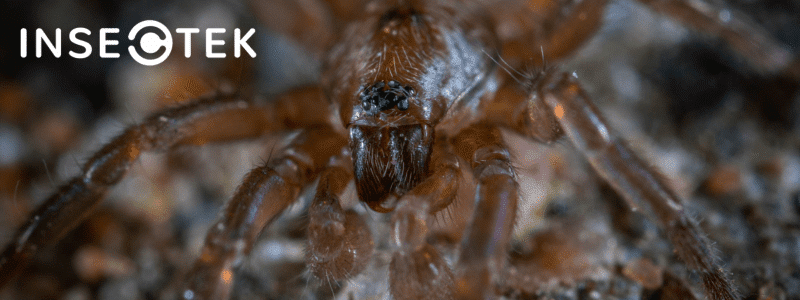
The Arizona brown spider and the normal brown spider are entirely safe. However, they resemble brown and desert recluses enough to where they’re often a false source of terror for people who see them in their homes. They have three sets of eyes instead of the four that recluses have – but you might not be interested enough in finding out one way or the other.
Read More: Homeowner’s Guide to Pest Control in Phoenix
4. Brown Recluse
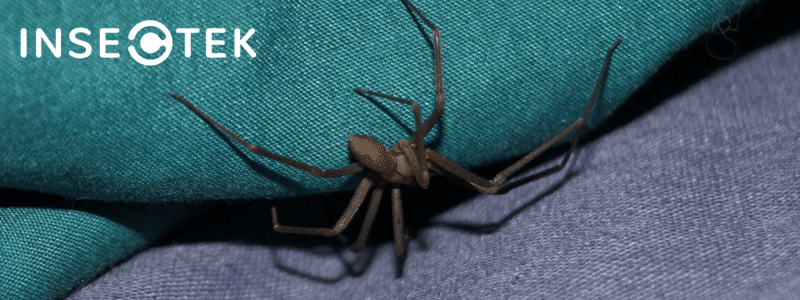
Brown recluse spiders are not particularly common in Arizona. However, they are often mistaken for desert recluses, which are undoubtedly present. They’re also known as the violin or fiddle back spiders because of the violin-shaped marking on their back. Despite being venomous, a brown recluse will only bite if they feel threatened.
5. Desert Recluse
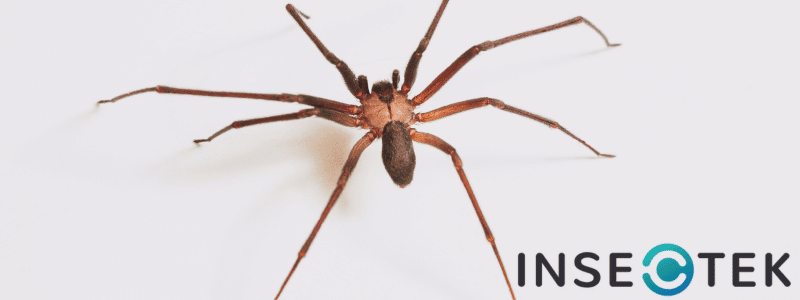
The desert recluse is a close family member of the brown recluse and certainly shares its venomous effects on humans. Though they are (as their name suggests) shy and not likely to attack you unprovoked, they are still worth your utmost care when encountering one.
6. Grass Spiders
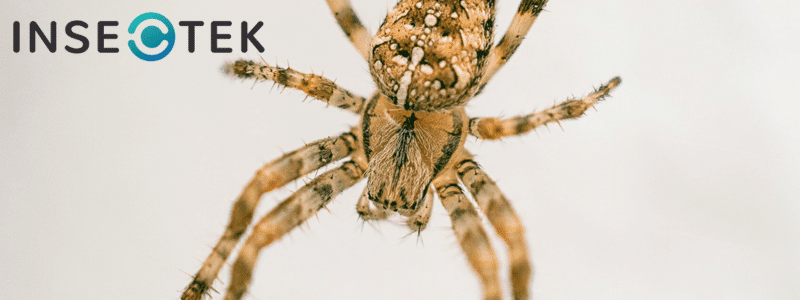
Characterized by long, thin legs attached to a brown and white torso, these are common outdoor spiders. They spin funnel-like spider webs to protect the opening of their homes, and they capture insects. Luckily, they usually stay out of human contact – and are perfectly harmless.
7. Tarantulas
Intimidating but primarily harmless to humans, these giant hairy spiders are pretty common in the desert. They are not prone to attack, and though their bite can hurt humans, the effects are minimal and subside in a day or so.
8. American House Spider
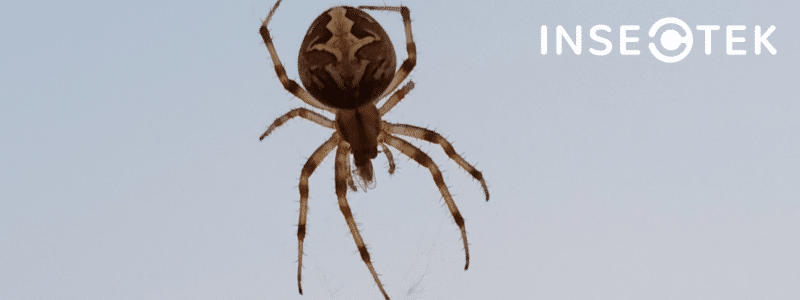
These spiders are mostly grey and compact and will be about the size of a nickel. They are usually harmless and try to hide in cracks and crevices in your home.
9. Wolf Spider
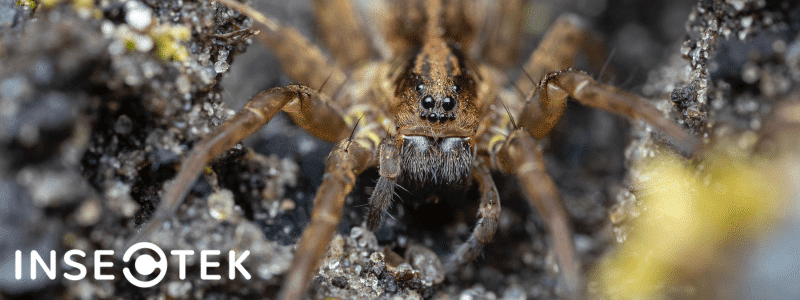
Wolf Spiders are imposing and unique spiders often found in the desert. They don’t spin webs – instead, they lurk in trees or shrubs and pounce on their prey. They are essentially harmless to humans and not inclined to bite you. Instead, you’ll find them hiding in dark spaces such as wood piles or corners of concrete structures.
10. Jumping Spiders
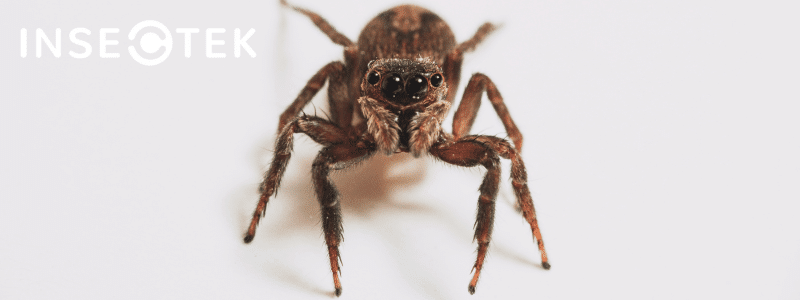
These are characterized by their large set of eyes in the front of their body. However, they’re shy and do not build webs, so they will likely stay away from you. They can bite in self-defense, but the likelihood is low.
What Spiders Are Venomous?
While we have listed ten common household spiders and alluded to the prevalence of many others that might be found around your home in Arizona, there are only a few to be worried about.
Both the brown and desert recluse is highly venomous. Similarly, black widows have detrimental effects on humans and are worth avoiding at all costs.
Additionally, Hobo Spiders (not typically found in Arizona) can cause irritation and potentially some necrosis to human tissue – but this is not often seen.
You shouldn’t be concerned for your safety if you think you’ve got a spider problem in your home. We highly recommend hiring your trusted local pest control service provider to prevent or eradicate any potential infestation you may have.
Where Do Spiders Lay Eggs in Houses?
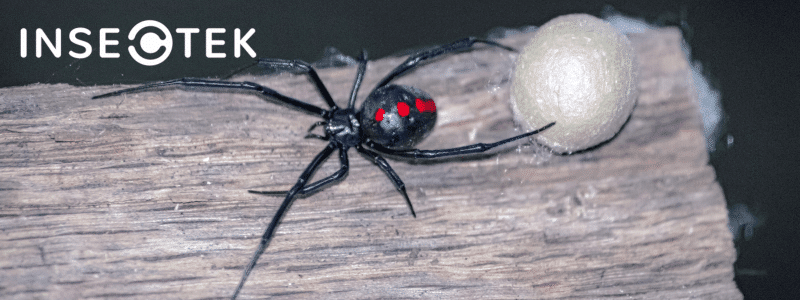
Most spiders seek out dark, humid places to lay their eggs. In the home, these typically include under beds and sofas, bathroom and kitchen sinks, basements, garages, attics, and behind closets. Spiders can lay hundreds of eggs at once, so if you suspect an unwanted species lurking in your home, it’s important to contact pest control.
Published On: November 8, 2021
Updated On: April 7, 2023



